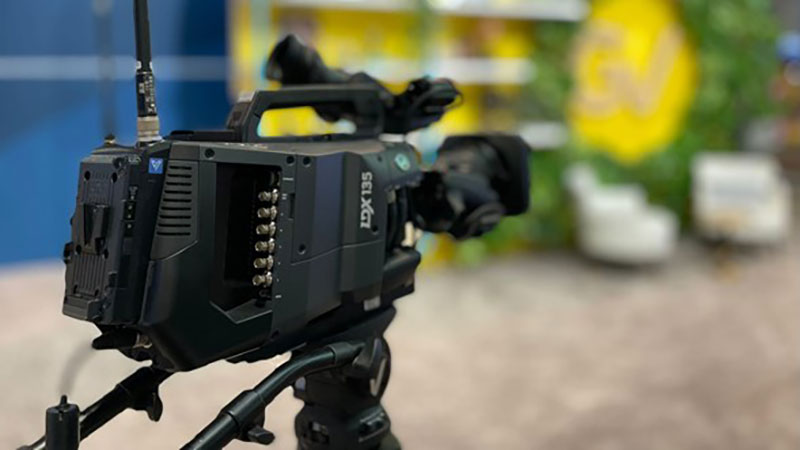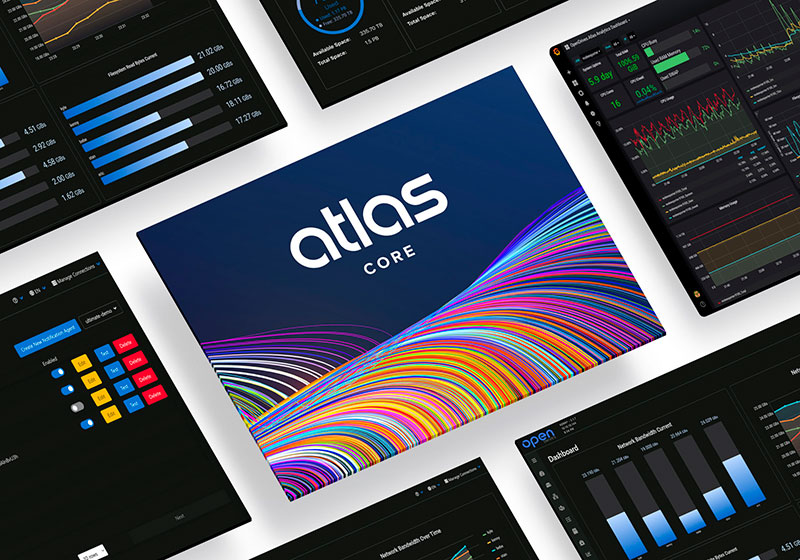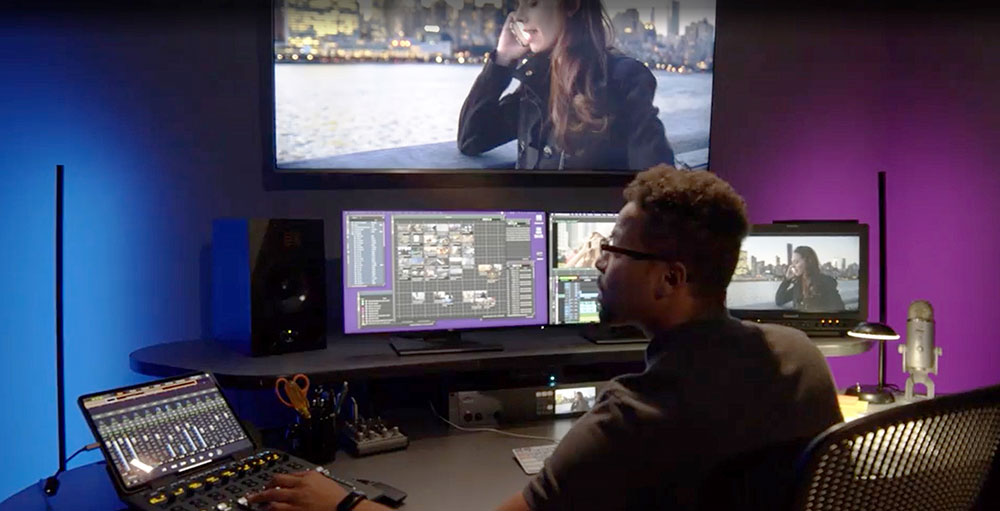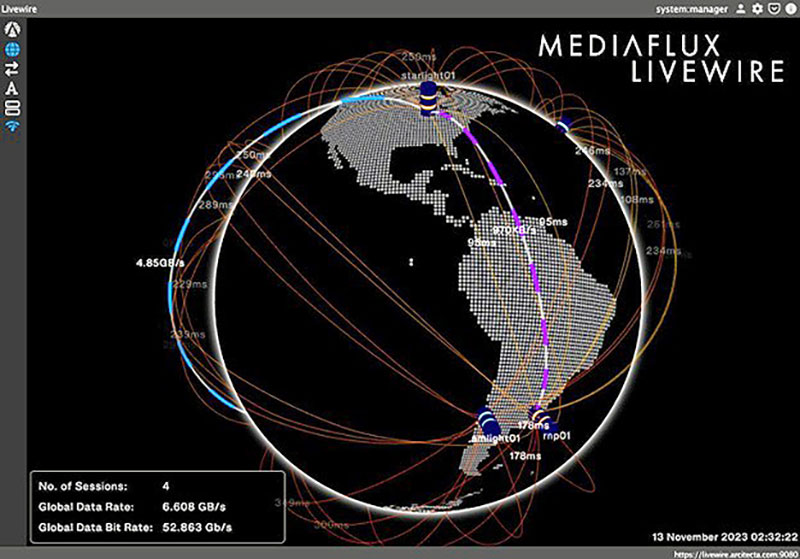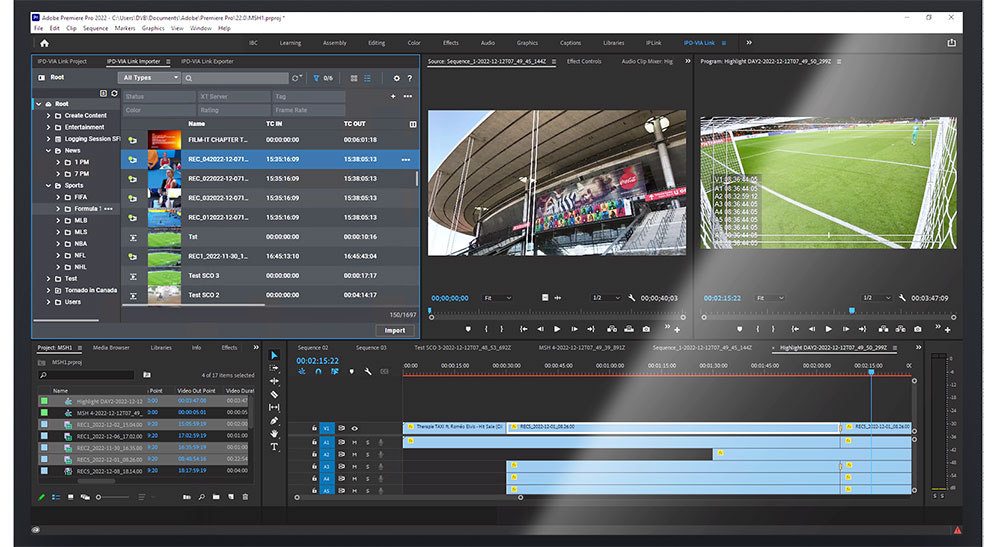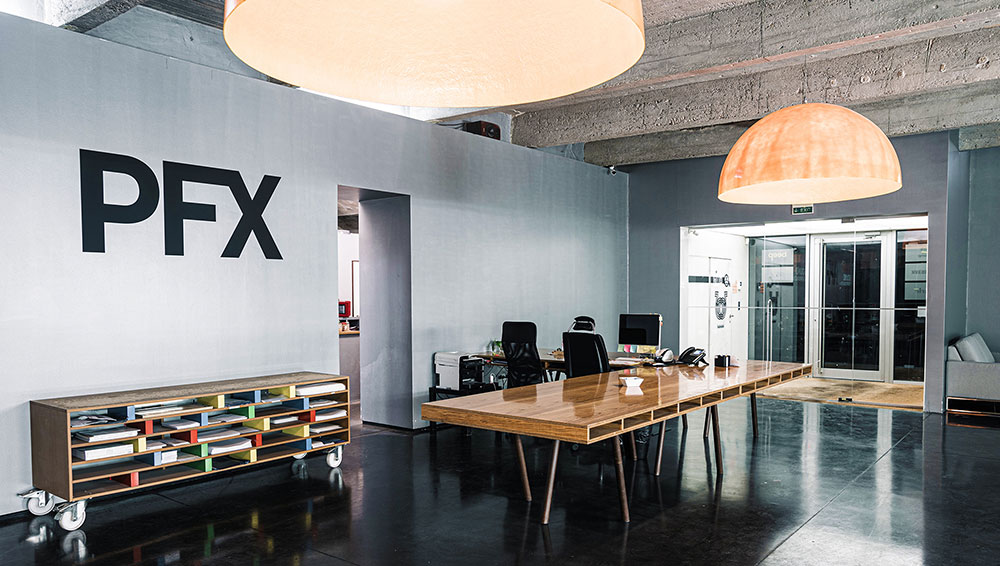MTV Oy's new central storage for live production consists of four nodes of integrated EditShare EFS 60NL nearline storage, directly accessed by journalists and producers via their workstations
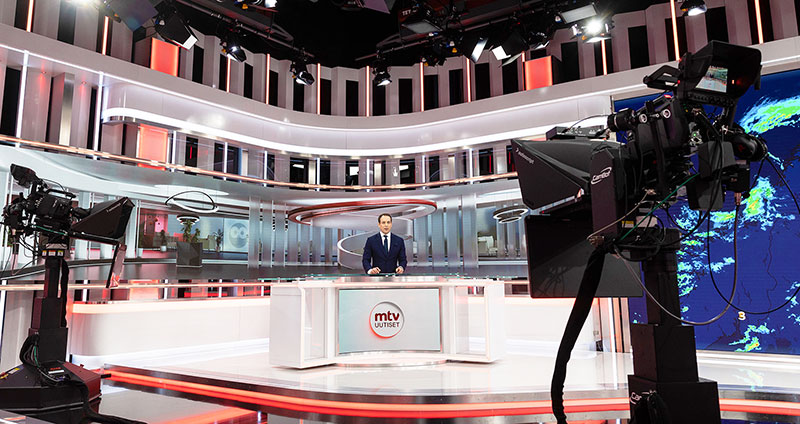
MTV Oy, a commercial television company and production house in Finland, recently relocated to a new centre in the suburbs of Helsinki, and at the same time seized the opportunity for a major technical update. The facility serves a number of channels and streaming services. Now that it has an extensive news and sport archive, a key part of the project was migrating the archived material from tape.
For the storage component of the project, central storage for all live production consists of four nodes of EditShare EFS 60NL nearline storage, which currently has a total capacity of six petabytes. This storage is directly accessed by journalists and producers via their workstations, which are connected to production servers and asset management sourced from EVS. The open architecture of EditShare EFS storage has made the integration of all of these components straightforward and transparent.
"It was important that journalists don't have to know in what part of our archive the material is stored," said Tommi Tynys, Head of Broadcasting Technology at MTV Oy. "Whereas getting content from the tape archive could take 30 minutes or more, now users search directly for what they need and it is instantly available to them. We need to be able to compete with rivals on our own terms, to be first with the news, so performance is vital to us."
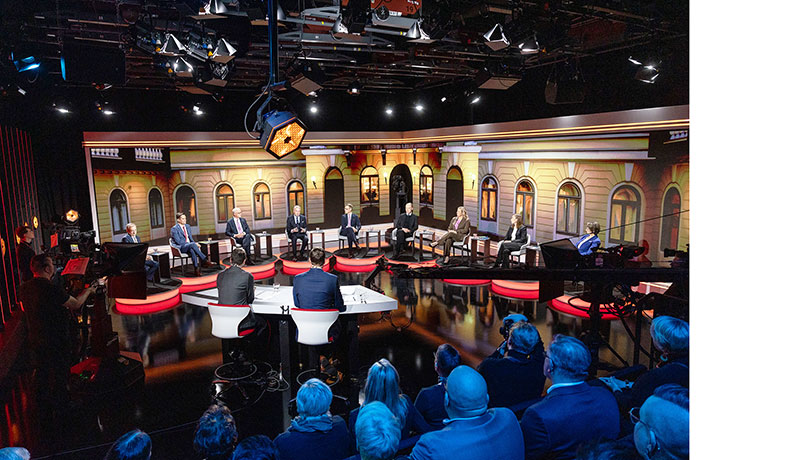
MTV collaborated on the design of the new storage architecture with NEP Finland, who manages the facilities at the new centre for them. The complete centre was built by Broadcast Solutions Nordic, and Pipeline Media looks after the ongoing support for the systems.
The EditShare EFS 60NL is a high-density storage node built for high performance media applications. The standard chassis holds 60 enterprise-grade disk drives, all hot swappable from the front of the rack. EFS 60NL is typically used to park media that users still need to access almost instantly, but not at the extreme speed required during an online production workflow.
It uses native erasure coding to protect data, which is highly resilient but avoids the need for hardware-based RAID. Erasure coding splits each file into fragments and then creates extra fragments, called parity blocks. The parity's value is calculated based on the original data fragments. The data and parity fragments are then stored across multiple drives - should a drive fail, or data become corrupted, the parity fragments can be used to rebuild the file without data loss.
"One of the great aspects of EditShare is that the storage network is completely scalable," said Jukka Keski-Loppi of Pipeline Media. “Our estimate is that the MTV archive will grow by 350 TB a year, and we can add capacity as we need it without taking the system offline." Tommi commented on the reliability and resilience of the system. "It took a while to transfer all our archive into EditShare," he said. "But now it is running we have had zero downtime, even with a lot of users demanding simultaneous access."

Stephen Tallamy, CTO at EditShare noted, "In demanding environments like MTV, nearline means virtually instant. We designed the EFS 60NL for density - as an extremely high density storage node for media that needs to be accessible, but does not need the performance of an online production workflow.
"That transforms the architecture of the news and sport facility. The complete archive can be kept online due to the system's very high storage density, and at the same time it's available to all users whenever they need it." www.editshare.com





